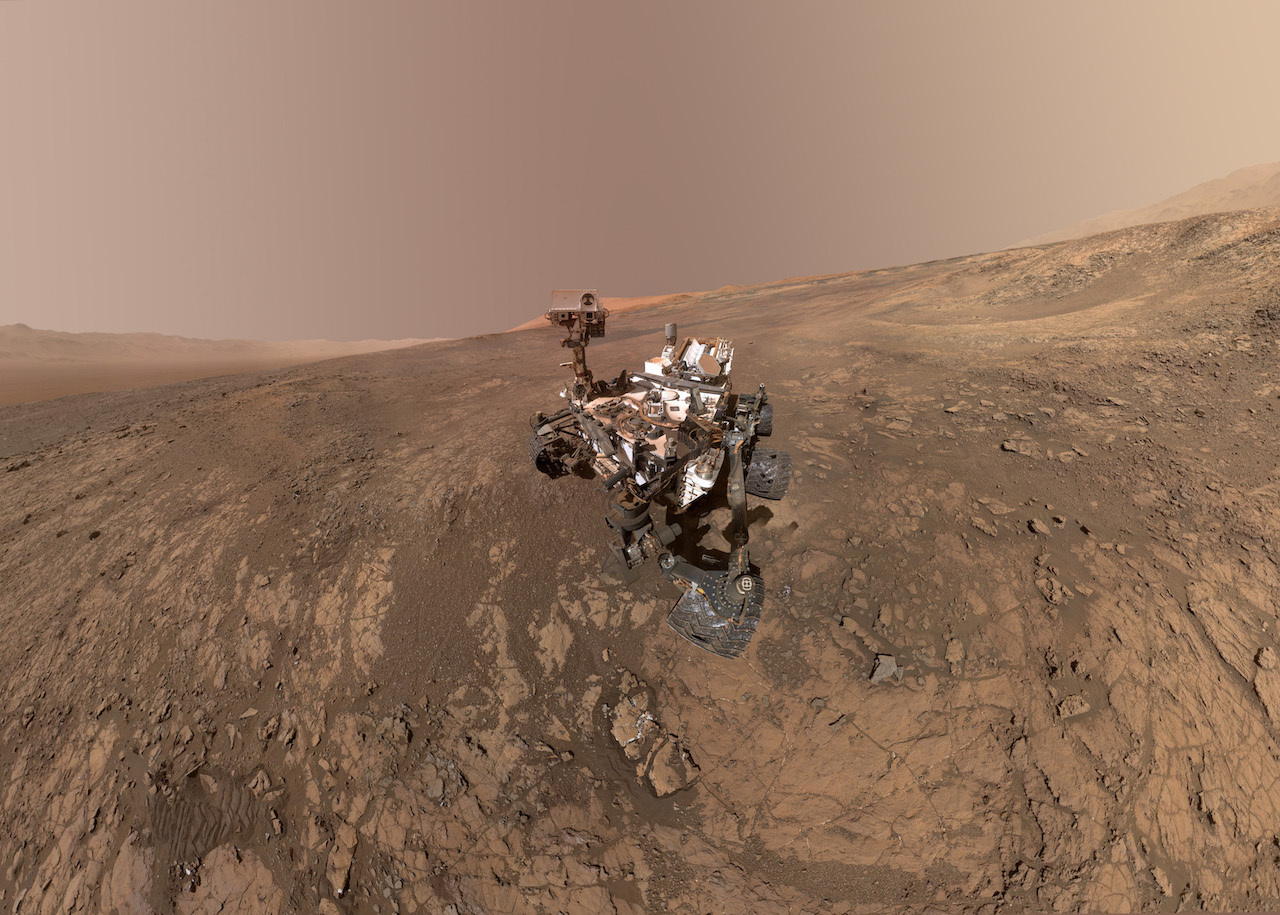NASA and Life on Mars – Water Was Abundant Within its Atmosphere

NASA has uncovered that early Mars had periods where water was abundant within its atmosphere. The planet is said to have been dominated by rainstorms that would have caused massive flowing rivers on the surface. This is a strong indication the red planet might have been blue and green at some point. Being able to sustain life.
Temperature, water, and evidence of life
The debate on whether Mars had water in the past is not new, as scientists have been bickering over the topic for many years now. Primary factors such as temperature and water are dominating the discussion as it is believed that waters later froze on the Martian surface. Similar cases of temperature fluctuations on Earth are being used as comparison points.
Scientists believe that Mars had periods where water flowed freely on the surface. They think that there were other periods when the body of water froze completely. The only thing that can be done at the moment is to compare and contrast, as no ancient rock samples have been gathered so far.
Radical weather has been studied on Earth to see how this can affect the mineral deposition that will be analyzed on Mars. As this is the only physical evidence the planet can provide. Places such as Oregon and Iceland have shown that extreme climates can leave traces of past occurrences behind in the shape of minerals.
Very old traces of life
The search for life on Mars hinges on the theory that life developed on Earth in the early days of the solar system. Approximately 3-4 billion years ago. Neighboring planets such as Venus and Mars have presented enough evidence that suggests life could have been possible in these places at that time.
Other than finding a life form directly on Mars, that managed to adapt to the extreme conditions, the best bet to uncover the planet’s secrets is to search in very old rocks. These mineral deposits could hold the secrets of life from the early solar system and are currently being collected from several locations in space.
With probes either setting off or returning from such missions, scientists will have more answers within the next decade.
0 comments